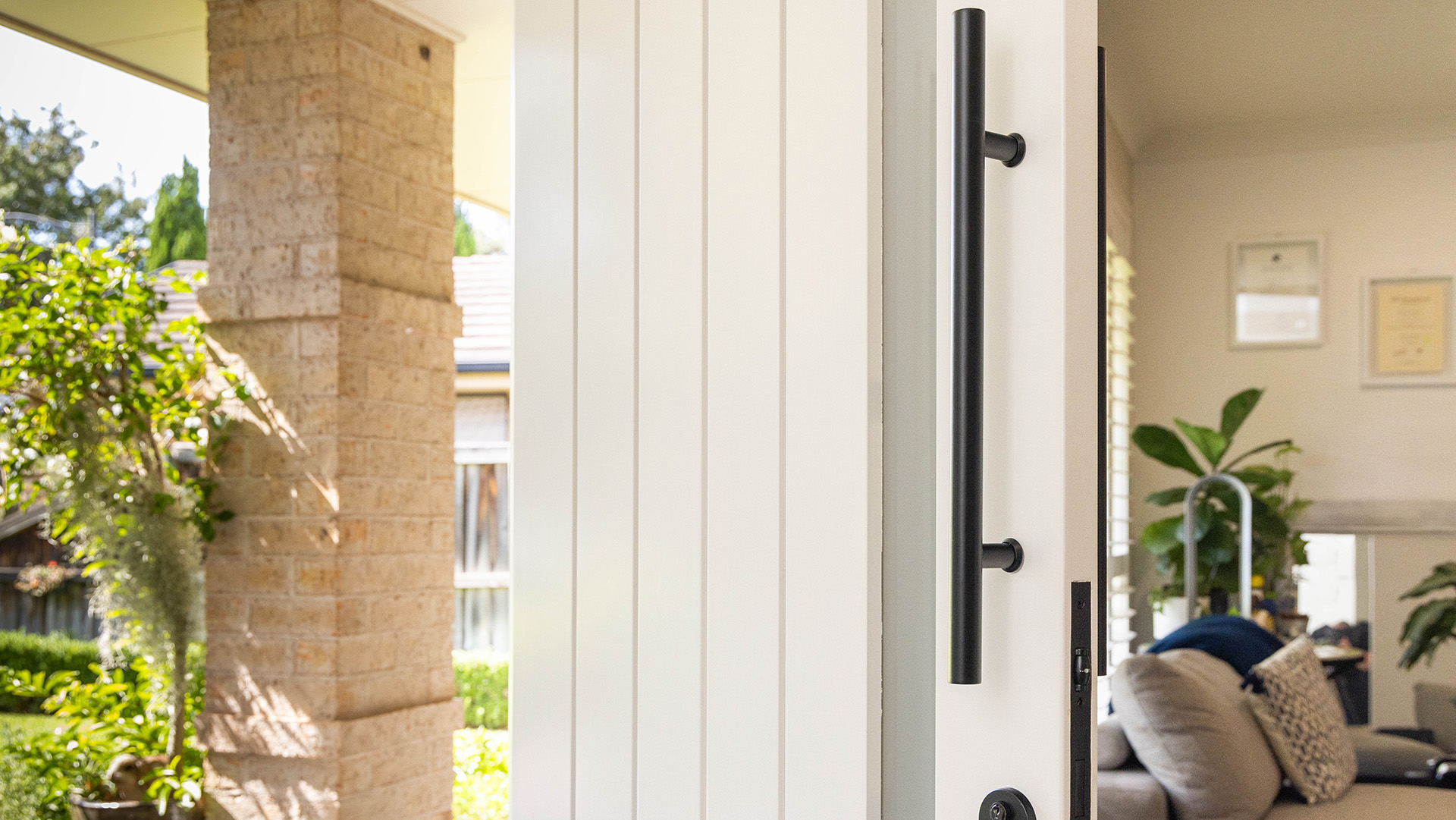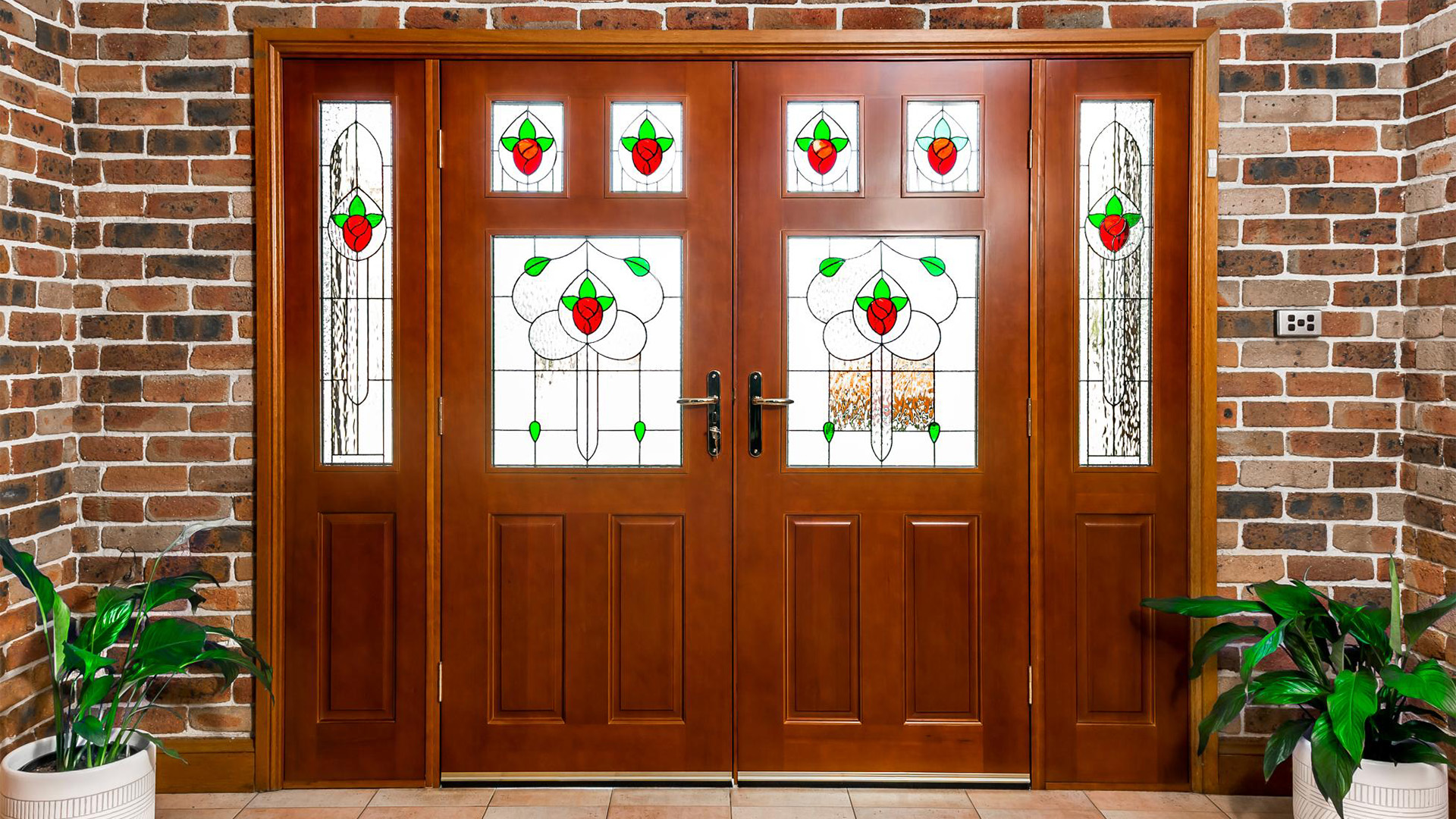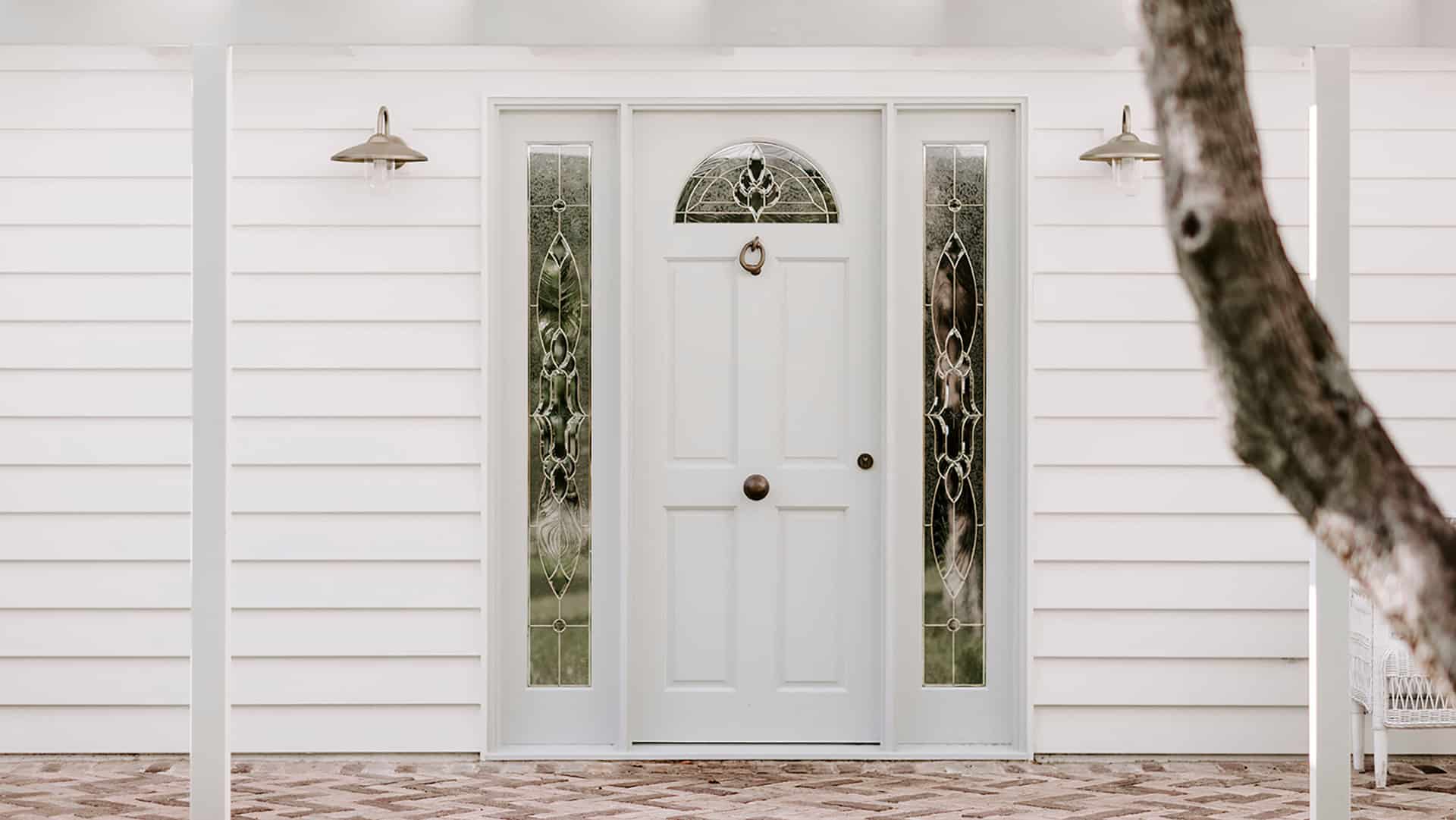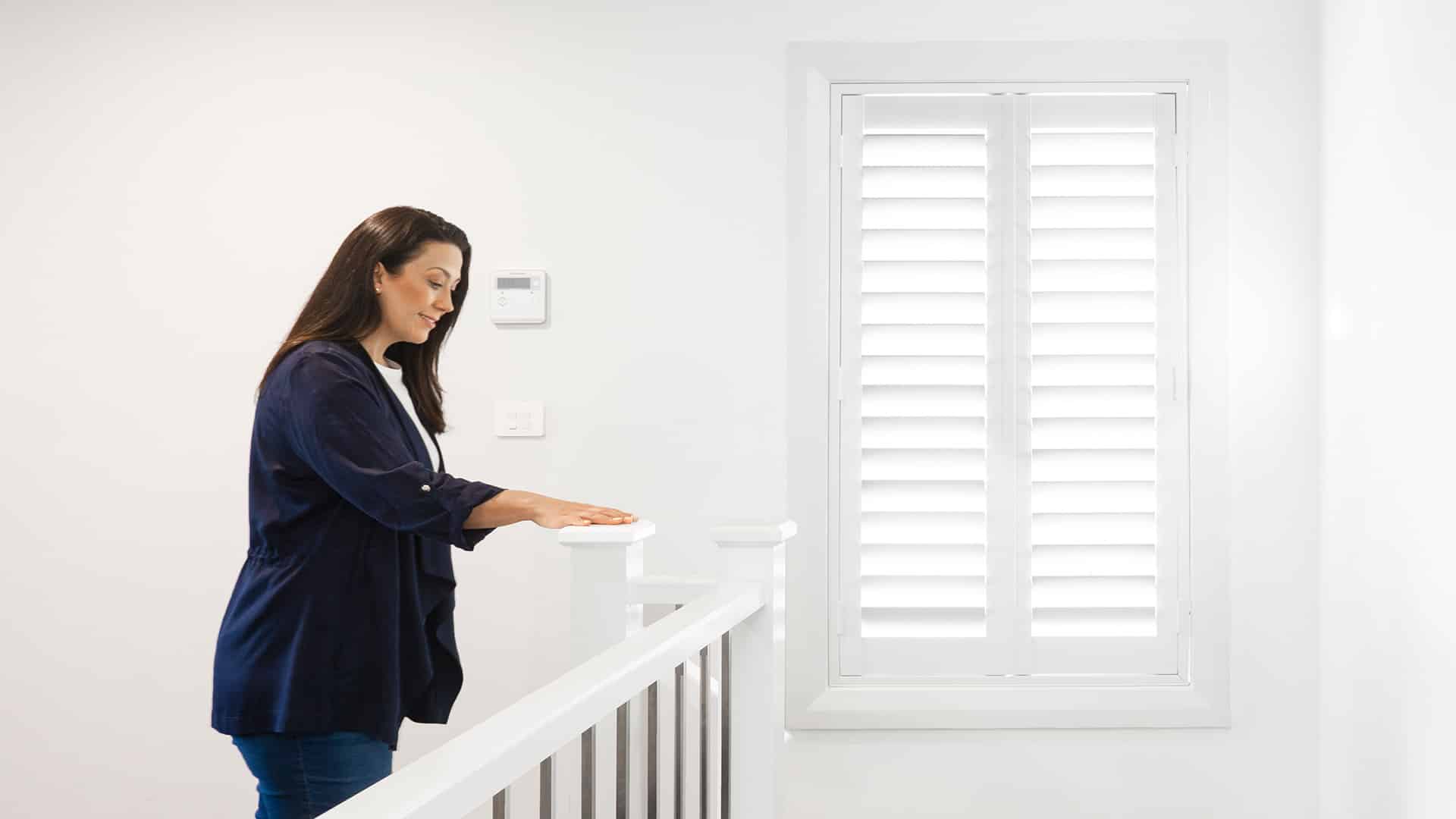How to Adjust French Doors to Stop Draughts: Simple Adjustments and Tweaks to Eliminate Unwanted Airflow

Noticed a chill creeping in around your French doors during those cold months, even when the doors are shut tight?
You’re not imagining it.
Draughts are a common issue, especially with older or out-of-alignment doors.
And while it might seem like a small problem, that steady stream of cold air can bump up your energy bills and make your home feel less cosy.
Don’t worry; you don’t need to replace your doors or call in a tradie just yet.
With a few simple adjustments and tweaks, you can seal things up and keep the warm (or cool) air where it belongs.
We’ll walk you through how to adjust French doors to stop draughts step by step.
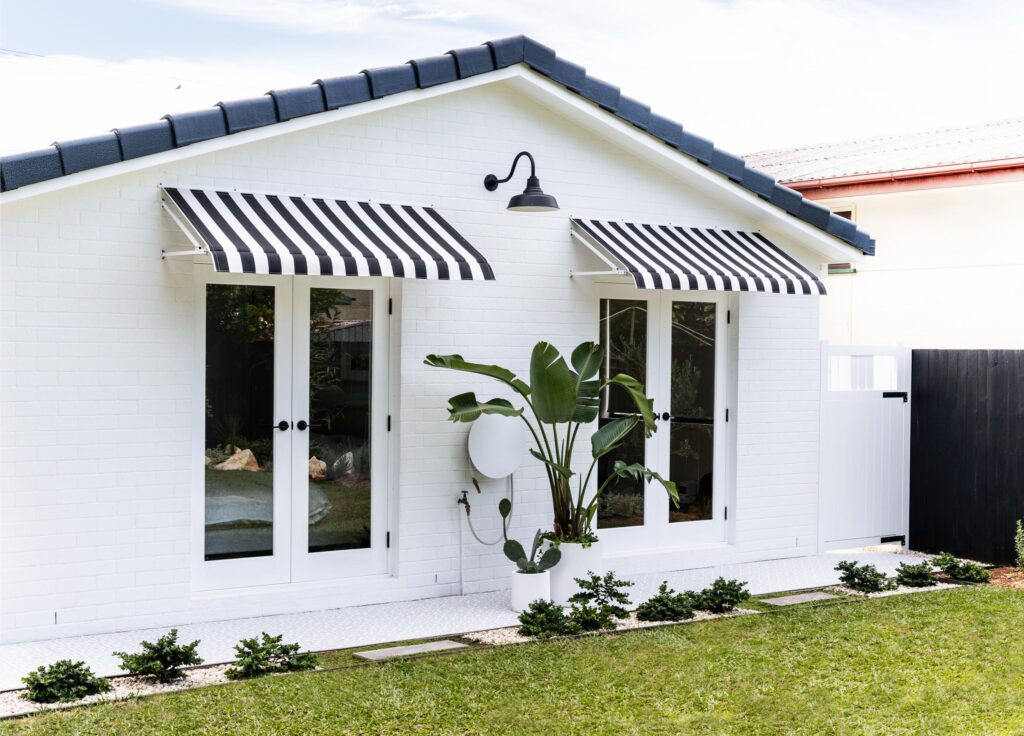
Why Draughts Occur in French Doors
The common causes of draughts include
• Misaligned doors
• Worn-out weatherstripping
• Loose hinges
• Warped frames
• Gaps around the door edges or between panels
When any of these problems pop up, they leave small spaces for air to sneak through.
Over time, those tiny gaps can have a big impact.
Draughts make it harder to keep your home at a stable temperature, which means your heating or cooling systems have to work overtime.
That leads to higher energy bills and a home that just doesn’t feel as comfortable.
You might also notice rattling, whistling noises, or dust and moisture getting in.
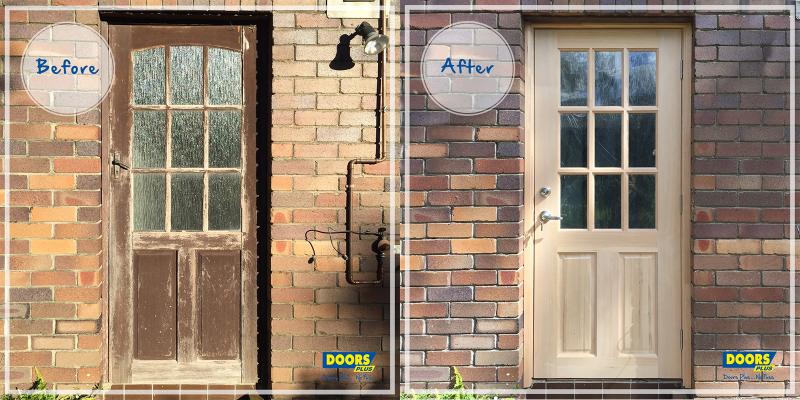
Tools You’ll Need to Adjust French Doors
You don’t need fancy gear or a tradie’s toolbox to fix draughts, just a few affordable tools you can grab from your local hardware store, or online.
Here’s what you’ll need:
• Screwdrivers
• Allen keys
• Weatherstripping tape or foam
• Foam sealant or silicone
• Door sweep/seal (a flexible strip that attaches to the bottom of the door)
• Spirit level
• Tape measure
• Utility knife
• Soft cloth and mild cleaner
Step-by-Step Guide to Adjusting French Doors to Stop Draughts
Step 1: Inspect the Doors for Gaps and Misalignment
Open and close your French doors slowly, and check for any visible gaps around the edges, between the doors, or where they meet the frame.
You might also feel a light breeze with your hand or see daylight peeking through, which are clear signs of a draught.
Next, grab a spirit level and place it along the top and sides of each door.
If the bubble isn’t centred, your doors could be slightly off, which means they’re not sealing correctly.

Step 2: Tighten the Hinges
Loose hinges are one of the most common causes of misaligned French doors.
Over time, the weight of the doors can pull the hinges out of place, creating gaps that let air through.
Open the doors and check each hinge.
If any of the screws feel loose, use a screwdriver (or an Allen key if your hinges require it) to tighten them.
Be sure to check both the hinges on the door and those on the frame.
After tightening, close the doors again and see if they sit more evenly.
If they still appear off, you may need to make minor adjustments to the hinge position.
Loosen the screws just enough to shift the hinge slightly, then retighten once it’s aligned.
Step 3: Adjust the Door Alignment
If the doors still don’t sit properly after tightening the hinges, you may need to go a step further and adjust their position.
Loosen the hinge screws just enough to allow movement, then gently shift the door up, down, or sideways until it lines up evenly with the frame.
Use your spirit level again to double-check the alignment.
Once you’re happy with the position, hold the door in place and retighten the screws.
The doors should now close evenly and sit flush against the frame without any visible gaps.
Open and close them a few times to test the fit. And there you have it; you’ve just learned how to adjust French doors to close tighter!
Step 4: Replace or Add Weatherstripping
Weatherstripping is one of the easiest ways to block draughts.
If the existing strips around your French doors are cracked, flat, or peeling off, it’s time for a replacement.
First, peel off the old weatherstripping and clean the area with a damp cloth to remove dust or residue.
Let it dry completely.
Next, measure each section where you’ll apply the new strip: along the sides, top, and between the door panels if needed.
Cut the new weatherstripping tape or foam seal to size, peel off the backing, and press it firmly into place.
Make sure the seal is snug but not too thick, or it could prevent the doors from closing properly.
When done right, you should feel less air movement immediately.

Step 5: Install a Door Sweep/Seal
Here’s how to fix the gap at the bottom of French doors, which can be a major source of airflow.
Measure the width of each door panel.
Buy a door sweep or seal made of rubber, a brush, or a combination of both that will fit along the bottom of your panels.
Clean the door bottom so the surface is dry and dust-free.
Position the sweep against the bottom edge so it lightly brushes the floor or threshold without dragging.
Mark the screw holes if your sweep comes with a metal backing.
Drill pilot holes (if needed) and screw the sweep into place.
Some adhesive-backed options are also available for quick installs.
Once fitted, it should create a solid seal when the door is closed.
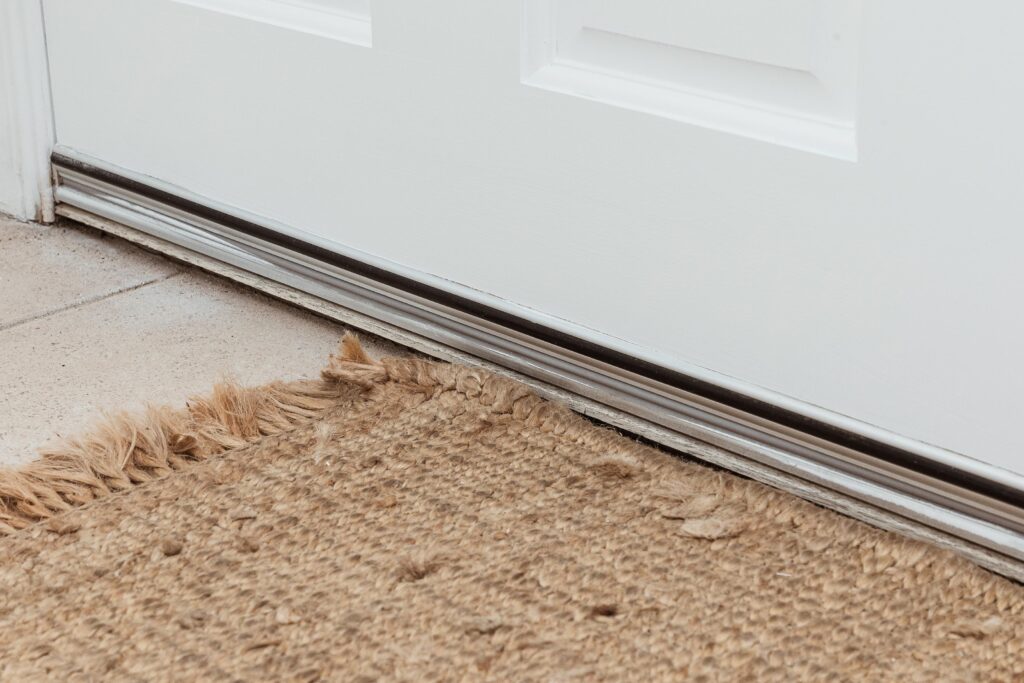
Step 6: Seal Gaps with Foam or Silicone
If there are still gaps around the door frame, you can seal them with foam or silicone.
For larger gaps, use expanding foam sealant.
Shake the can well, attach the nozzle, and carefully spray the foam into the gap.
It will expand as it dries, so use it sparingly.
Once the foam has set, trim off any excess with a utility knife.
If the foam is visible or looks untidy, you can cover it with a timber trim, architrave, or a small bead of paintable sealant to match your door frame.
For thin gaps or cracks, clear or paintable silicone sealant works best.
Run a steady bead along the edges where the frame meets the wall, then smooth it out with your finger or a sealant tool for a neat finish.
Let everything dry completely before closing the doors.
Step 7: Check the Locks and Latches 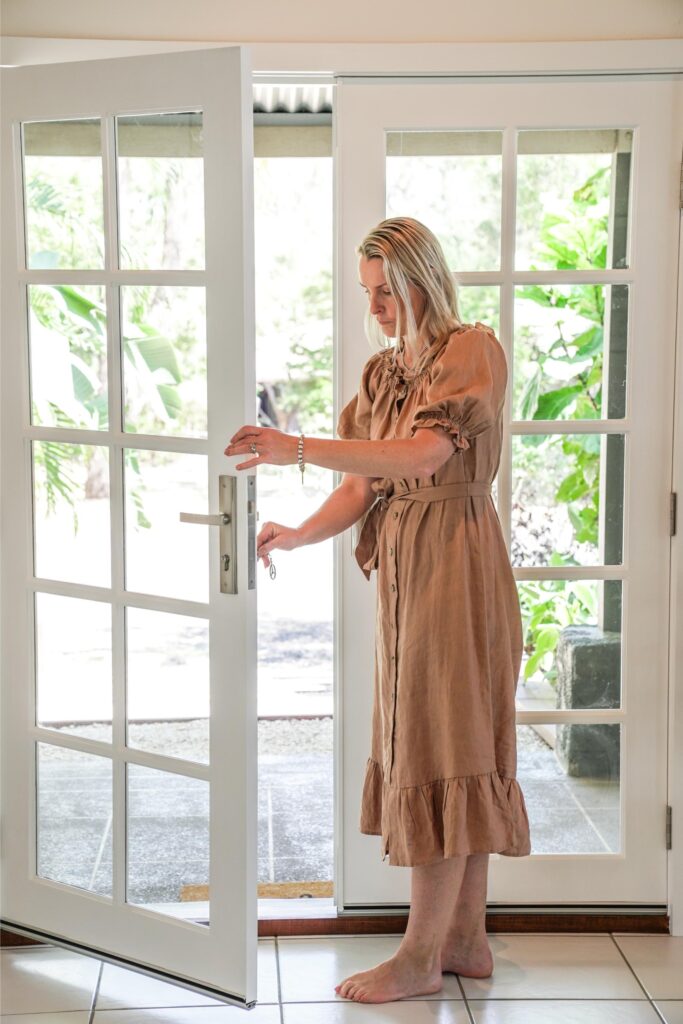
Your locks and latches do more than keep your home secure; they also help pull the doors tightly shut.
If they’re out of line, they can leave a small gap.
Close the doors and lock them.
If you can still feel movement between the doors or see a gap, the locking mechanism might not be drawing them in firmly enough.
You may need to adjust the strike plate, the metal piece on the frame where the latch clicks into place.
If it’s out of alignment, loosen the screws, shift the plate slightly, and retighten.
Even a few millimetres can make a difference in how snug the doors sit.
Once adjusted, lock the doors again and check for a firm seal.
Additional Tips for Maintaining Draught-Free French Doors
1. Check seals regularly. Replace weatherstripping if it looks cracked or worn.
2. Check that the screws in the hinges are tight.
3. Wipe down seals and tracks, as dirt buildup can stop doors from closing properly.
4. Touch up paint or finish to help protect timber frames from warping or swelling.
5. Inspect doors after big weather events. Strong winds or heavy rain can shift doors slightly.
6. Close doors gently, as slamming can knock them out of alignment.
FAQs
How Do You Fix Draughts in French Doors?
You can fix draughts by tightening or adjusting the hinges, realigning the doors, replacing worn weatherstripping, installing a draught sweep/seal at the bottom, and sealing any gaps around the frame with foam or silicone.
What is the Best Way to Stop Air Leaks in Doors?
The best way to seal door gaps is by using quality weatherstripping, a draught sweep/seal along the bottom edge, and checking that the door closes tightly against the frame.
Adjust hinges or locks if needed to improve the seal.
Can I Adjust French Doors Myself?
With a few basic tools and some simple steps, you can make most French door adjustments yourself, such as tightening the hinges, realigning the panels, and sealing the gaps.
Why Do My French Doors Not Close Properly?
They may be out of alignment, have loose hinges, worn weatherstripping, or a misaligned latch.
Changes in temperature or moisture can also cause the frame or doors to shift slightly over time.
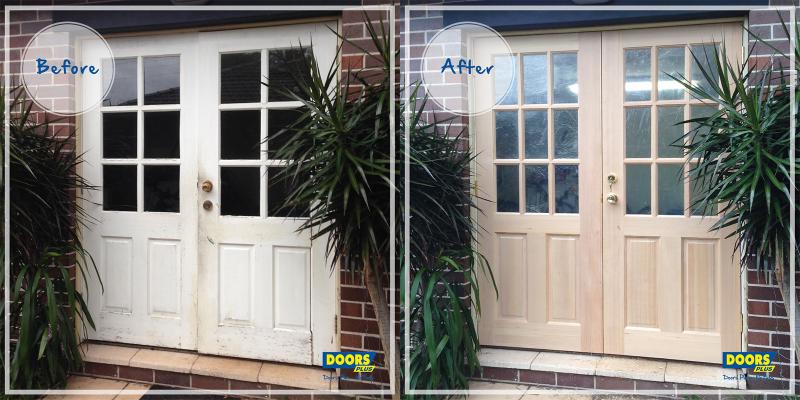
How To Adjust a uPVC Door To Stop Draughts?
Use an Allen key to adjust the hinges—up, down, or side to side—until the door sits flush in the frame.
Check the seal, and replace any worn weatherstripping if needed.
A snug fit will stop most draughts.
Keep Your Home Comfortable with Well-Adjusted French Doors from Doors Plus
After following this guide on how to adjust French doors to stop draughts, you may find that your doors are still letting in air.
Some older French doors just won’t seal the way they used to.
If draughts keep sneaking in no matter what you do, it’s time for a fresh start.
At Doors Plus, you’ll find high-quality French doorss designed for energy efficiency, comfort, and style.
Visit your nearest Doors Plus showroom today to experience the difference of new French doors for yourself.
You can customise our French doors’ material, finish, glass, and hardware to suit your space, style, and budget.
With our free measure and quote service, easy delivery, and expert installation, you can enjoy the perfect fitting French doors with “No fuss”!
If you have any questions, call us on 1800 575 045 or fill out the online form and we’ll be in touch.


